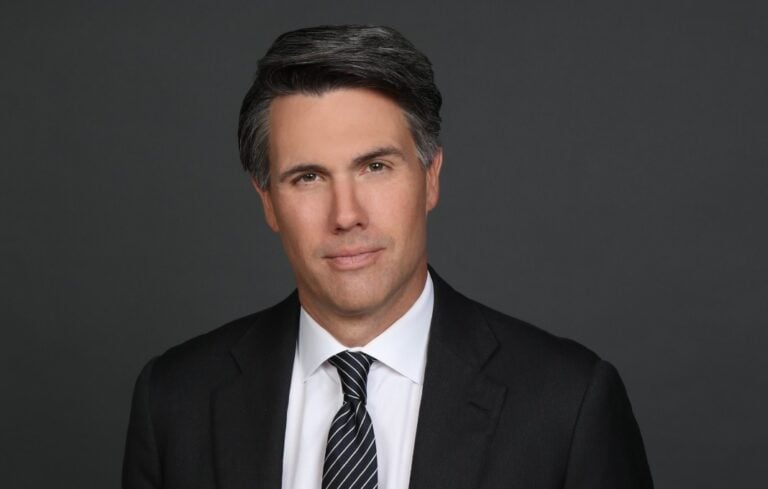
A recent Pitchbook study shows the number of active private equity (PE) firms increased 143 percent globally from 2000 to 2014. And they’re doing well: PE companies nearly doubled the performance of public companies over a 10-year period at 11.8 percent vs. 6.8 percent, respectively. That’s according to a 2016 report by The American Investment Council.
As a former CEO of two public companies, one of my main goals was to work with my team to deliver a consistently high total shareholder return. One way I did that was to learn from others – including PE firms.
While many people believe PE firms attract the best and brightest leaders, my observation (and my own experience) proves that public companies also have top talent. So, what’s different?
“Public companies that apply the ‘offense’ strategies from PE firms will win in the marketplace, optimizing total shareholder returns.”
In public companies, the leadership team and board are aligned to not make a mistake and generate average returns, while PE firms are tightly aligned to generate exceptional returns. In other words, public companies play defense while PE firms play offense. The good news is that public companies can play offense too. Here’s how:
Four Ways Public Companies Can Play Offense
The key take-away: Public companies that apply the “offense” strategies from PE firms will win in the marketplace, optimizing total shareholder returns. Certainly, that has been my experience.



0

1:00 - 5:00 pm
Over 70% of Executives Surveyed Agree: Many Strategic Planning Efforts Lack Systematic Approach Tips for Enhancing Your Strategic Planning Process
Executives expressed frustration with their current strategic planning process. Issues include:
Steve Rutan and Denise Harrison have put together an afternoon workshop that will provide the tools you need to address these concerns. They have worked with hundreds of executives to develop a systematic approach that will enable your team to make better decisions during strategic planning. Steve and Denise will walk you through exercises for prioritizing your lists and steps that will reset and reinvigorate your process. This will be a hands-on workshop that will enable you to think about your business as you use the tools that are being presented. If you are ready for a Strategic Planning tune-up, select this workshop in your registration form. The additional fee of $695 will be added to your total.

2:00 - 5:00 pm
Female leaders face the same issues all leaders do, but they often face additional challenges too. In this peer session, we will facilitate a discussion of best practices and how to overcome common barriers to help women leaders be more effective within and outside their organizations.
Limited space available.

10:30 - 5:00 pm
General’s Retreat at Hermitage Golf Course
Sponsored by UBS
General’s Retreat, built in 1986 with architect Gary Roger Baird, has been voted the “Best Golf Course in Nashville” and is a “must play” when visiting the Nashville, Tennessee area. With the beautiful setting along the Cumberland River, golfers of all capabilities will thoroughly enjoy the golf, scenery and hospitality.
The golf outing fee includes transportation to and from the hotel, greens/cart fees, use of practice facilities, and boxed lunch. The bus will leave the hotel at 10:30 am for a noon shotgun start and return to the hotel after the cocktail reception following the completion of the round.